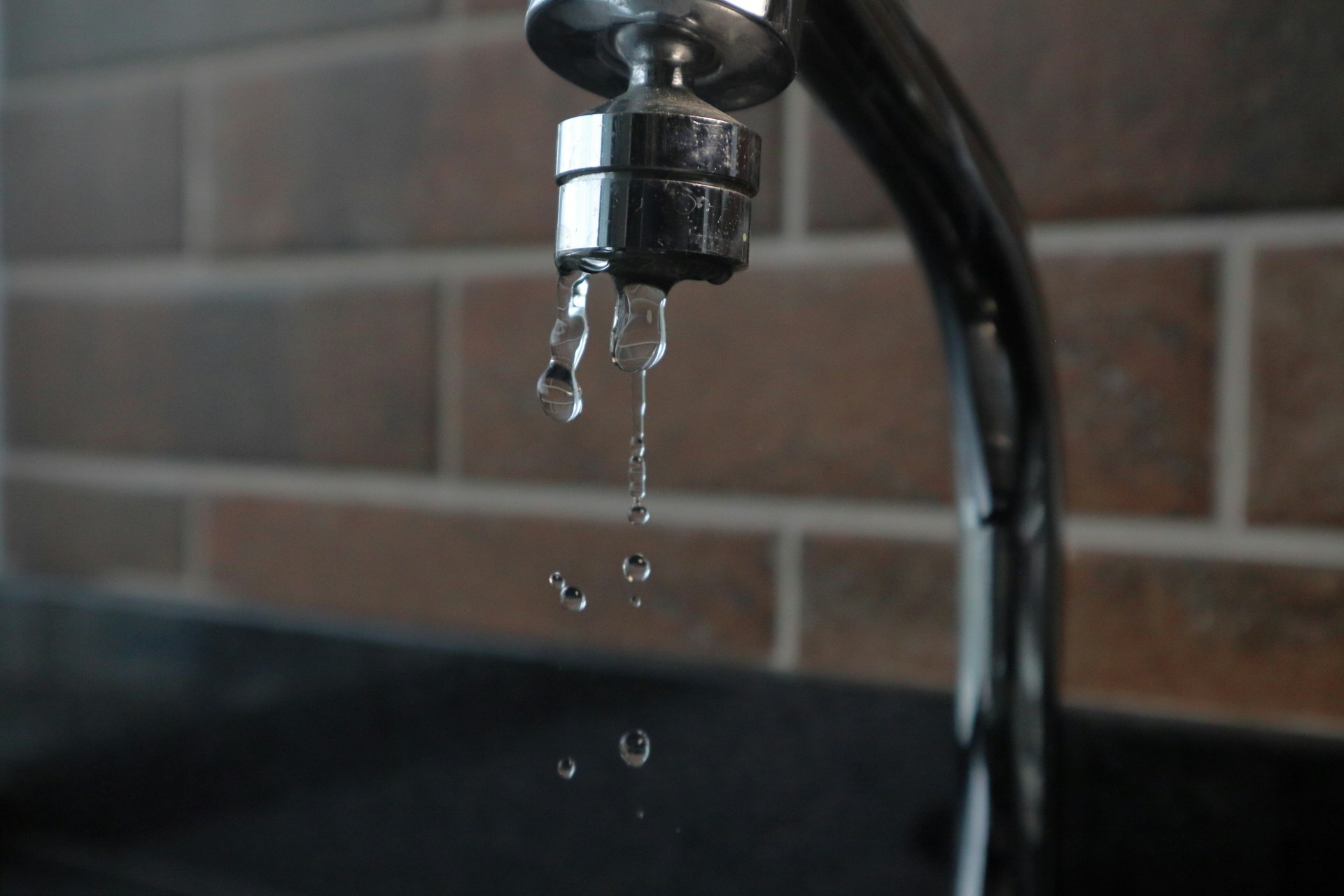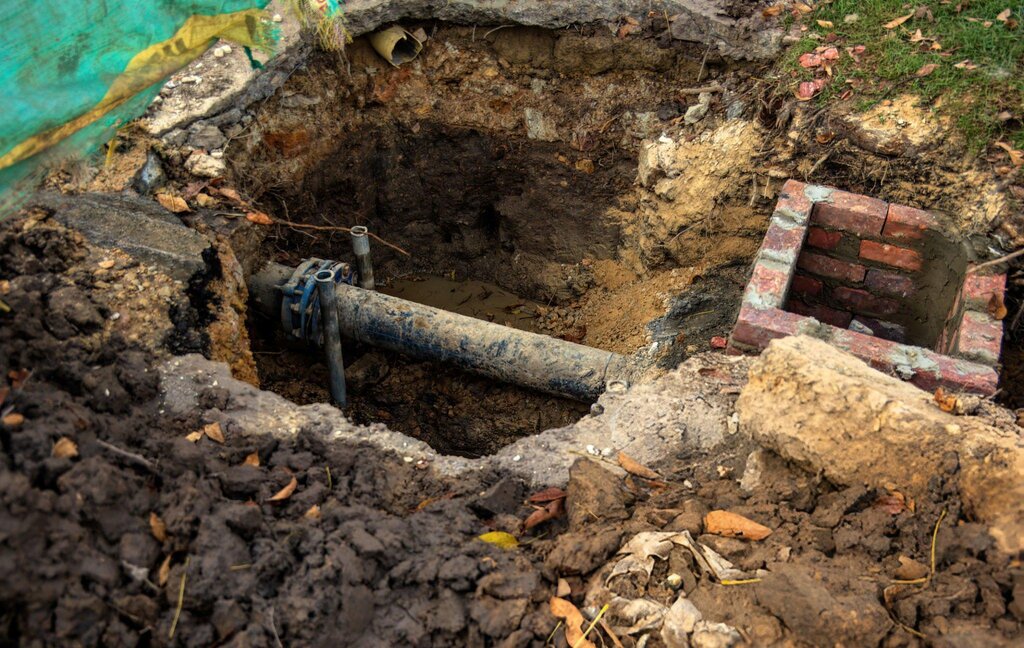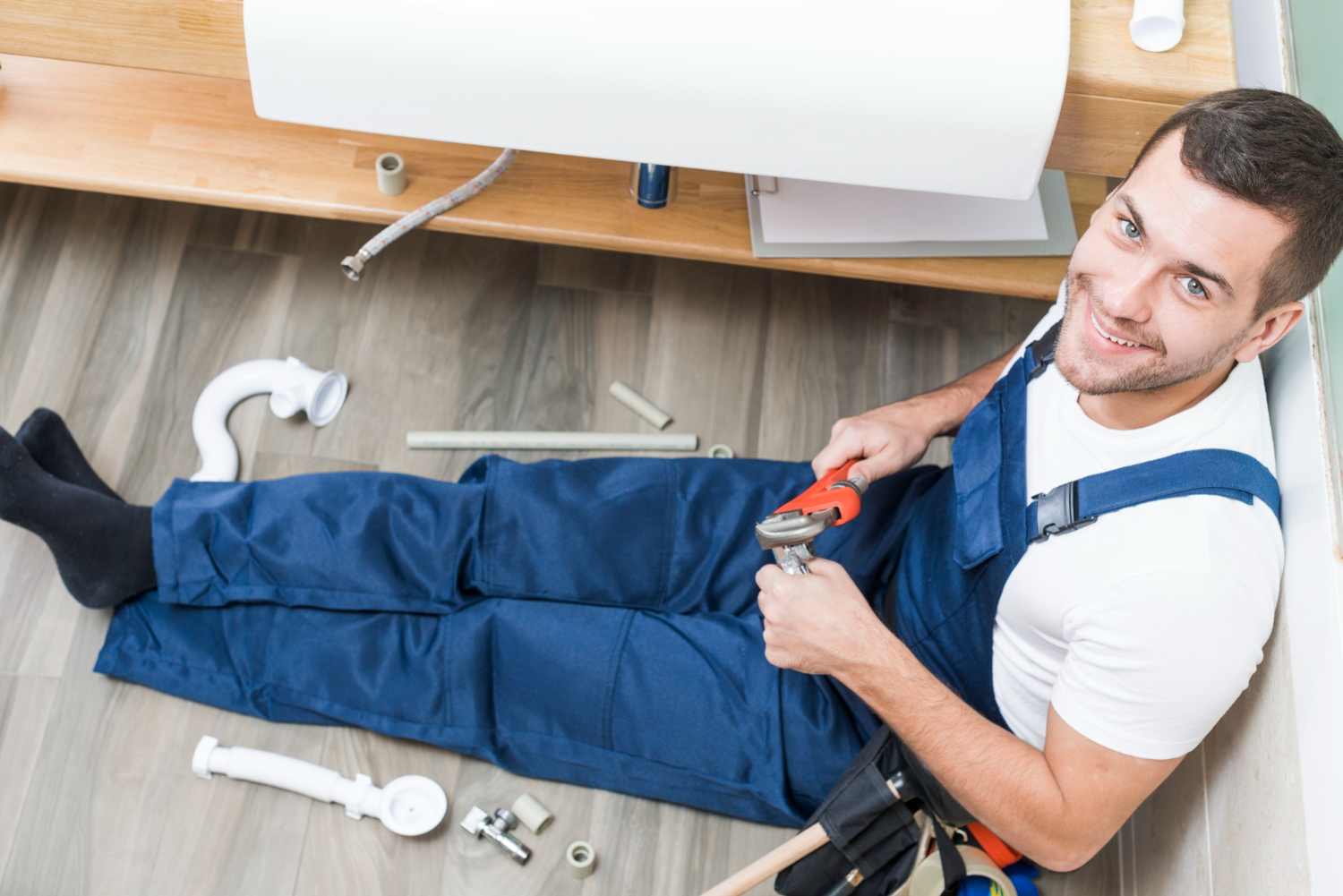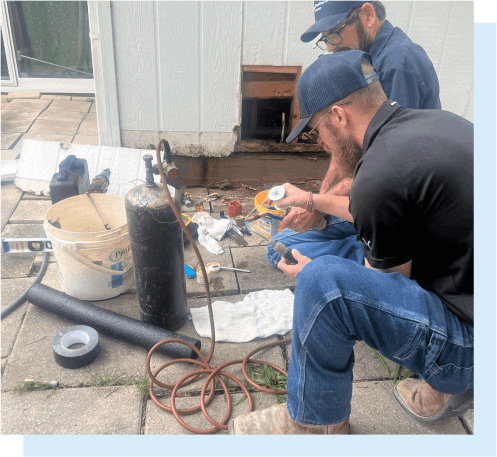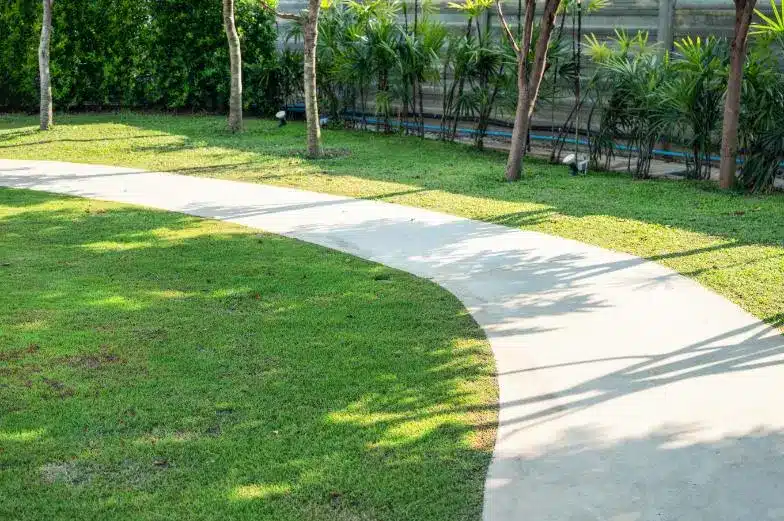
Yard leaks can be more than just a small irritation; they can cause serious damage to your property. Recognizing the signs early can save you from costly repairs and water waste. Water leaking in your yard can lead to wet spots, damage to plants, and potentially affect the foundation of your home.
Sometimes the signs are obvious, like a noticeably wet area that doesn’t dry out. Other times, they can be more hidden, like an unexpected spike in your water bill. Being aware of what to look out for is the first step in solving the problem.
In this article, we will discuss how to spot these leaks, what might be causing them, and some simple ways to find and address them on your own. We’ll also cover when it’s best to call in a professional to ensure your yard stays dry and your plumbing system works correctly. By following these guidelines, you can maintain a healthy yard and avoid more significant issues down the road.
Signs You May Have a Yard Leak
Spotting a yard leak early can prevent extensive damage. Here are some common signs to watch for:
1. Wet Spots in the Yard: If you notice soggy or muddy areas that don’t dry out, this could indicate a leak. These spots can appear even during dry weather, signaling that water is seeping into the ground from a broken pipe.
2. Increased Water Bill: An unexpected rise in your water bill without an increase in usage is a major sign of a leak. Compare your current bill with past months to determine if there’s a significant increase.
3. Puddles Around Sprinkler Heads: If puddles form around your sprinkler heads after they’ve been off for a while, it may mean a leak in the irrigation system. This can lead to water waste and higher bills.
4. Mold or Mildew: Mold or mildew growth in your yard or around the house foundation can suggest an ongoing water leak. Mold thrives in damp conditions, so its presence is a red flag.
5. Lush Spots of Grass: While green grass is usually a good thing, patches that are overly lush and green compared to the rest of your yard can indicate a water leak. This excess water promotes rapid and uneven growth.
By keeping an eye out for these signs, you can catch leaks before they turn into bigger problems.
Common Causes of Yard Leaks
Understanding what causes yard leaks can help you prevent them:
1. Broken Water Lines: Underground water lines can crack or break due to age, shifting soil, or tree roots. These breaks cause water to seep into the surrounding soil, leading to wet spots and reduced water pressure.
2. Faulty Irrigation Systems: Sprinkler systems are common culprits of yard leaks. Issues can arise from damaged pipes, broken sprinkler heads, or poor installation. Regular maintenance is key to preventing these problems.
3. Tree Roots: As they grow, tree roots can wrap around or penetrate water and sewer lines. This can cause cracks or breaks in the pipes, often leading to significant leaks. Be mindful of where you plant trees in relation to your plumbing lines.
4. Soil Shifts: Changes in soil composition or shifts due to construction can impact underground pipes. Soil erosion or heavy rain can also cause the ground to move and affect the stability of your plumbing system.
5. Aging Pipes: Older pipes, especially those made from materials like clay or cast iron, are more prone to breaking. Over time, these materials can deteriorate, leading to leaks.
6. High Water Pressure: Excessive water pressure can strain pipes, causing them to burst or develop leaks. Ensuring your water pressure is within a safe range can help prevent this.
Knowing what causes yard leaks can help you take steps to reduce the risk and keep your yard and home in good condition. Regular checks and maintenance are key to avoiding these issues.
DIY Solutions for Yard Leak Detection
Detecting a yard leak can sometimes be done without professional help. Here are some DIY methods you can try:
1. Check the Water Meter: Turn off all water-using appliances and fixtures in your home. Then, check your water meter. If it’s still running, you likely have a leak. This simple step can help you determine if a leak is present somewhere in your system.
2. Observe Sprinkler System: Inspect your sprinkler heads and the area around them. Look for excessive water pooling or wet spots that don’t dry out. Run your sprinkler system and check each head to ensure they are functioning correctly.
3. Food Coloring Test: For potential toilet leaks affecting your yard, add food coloring to the toilet tank. Wait about 30 minutes without flushing. If color appears in the bowl, you have a leak that might lead to increased water usage.
4. Inspect Exterior Faucets: Look for dripping or pooling water around outdoor faucets. A leak from these fixtures can contribute to wet spots in your yard. Tighten connections or replace washers if needed.
5. Monitor Plant Growth: Notice any unusual green spots or rapid plant growth? This might indicate a leak. Extra water from a leaking pipe can make nearby vegetation grow faster than usual.
Using these DIY methods can help you spot leaks early, saving you time and money on potential repairs. However, if the problem persists or the leak is severe, it might be time to seek professional help.
When to Call a Professional for Yard Leaks
While DIY methods can help detect and address minor leaks, some situations require professional intervention. Here are times when calling a plumber is essential:
1. Persistent Wet Spots: If you’ve tried DIY methods but still see persistent wet spots, it’s time to call a professional. Chronic wet areas can indicate a serious underground issue that needs expert attention.
2. Significant Water Bill Increase: A sudden, unexplained spike in your water bill despite minimal usage should be addressed by a professional. Hidden leaks can be tricky to locate and require specialized tools.
3. Mold and Mildew: Mold or mildew in your yard or around your home’s foundation needs immediate professional attention. Left untreated, these can cause health issues and damage your property.
4. Low Water Pressure: Consistently low water pressure in your home may indicate a significant leak outside. This issue often needs a professional to diagnose and repair the underlying cause.
5. Tree Root Intrusion: If you suspect that tree roots are affecting your underground pipes, call a professional plumber. They have the expertise and equipment to safely address the problem without harming your trees.
6. Complex Irrigation Issues: Problems with your irrigation system that you can’t fix on your own should be handled by an expert. They can ensure your system operates correctly and efficiently.
Calling a professional ensures that yard leaks are fixed correctly and efficiently, preventing further damage and saving you from potential costly repairs.
Conclusion
Addressing yard leaks promptly is crucial to maintaining your property’s health and value. Recognizing the signs early can prevent extensive damage and high water bills. While DIY solutions might solve minor issues, persistent or severe leaks require professional intervention to ensure they are properly fixed.
Understanding the common causes of yard leaks helps in preventing future occurrences. Regular checks and maintenance of your irrigation system and water lines can save you from the headache of unexpected leaks. Whenever you notice signs of a yard leak, take quick action to mitigate the problem.
If you’re facing a yard leak or need professional help to ensure your water system is in top shape, contact our plumbing company in Texas at George Plumbing Co., Inc. Our experienced team is here to help with all your plumbing needs. Call us today to schedule an inspection and keep your yard leak-free.

